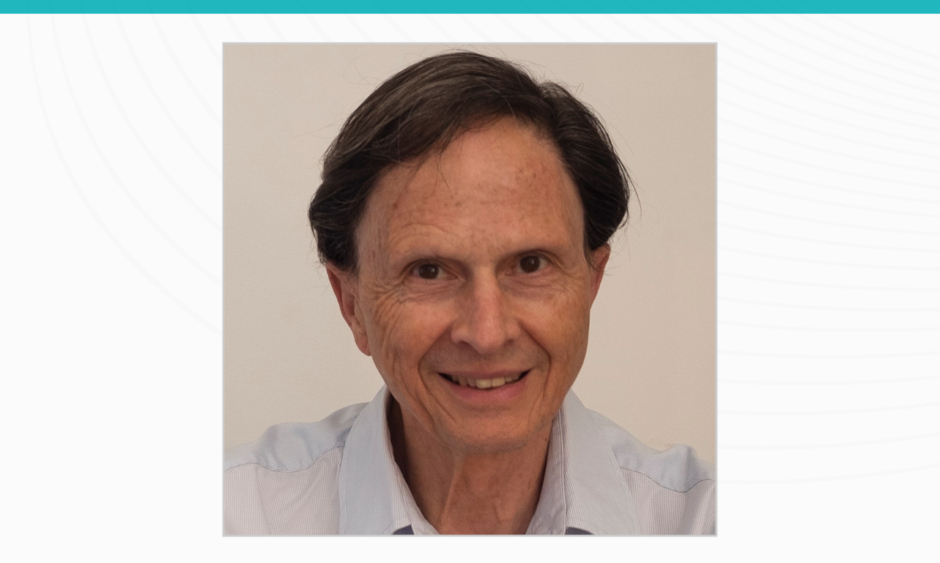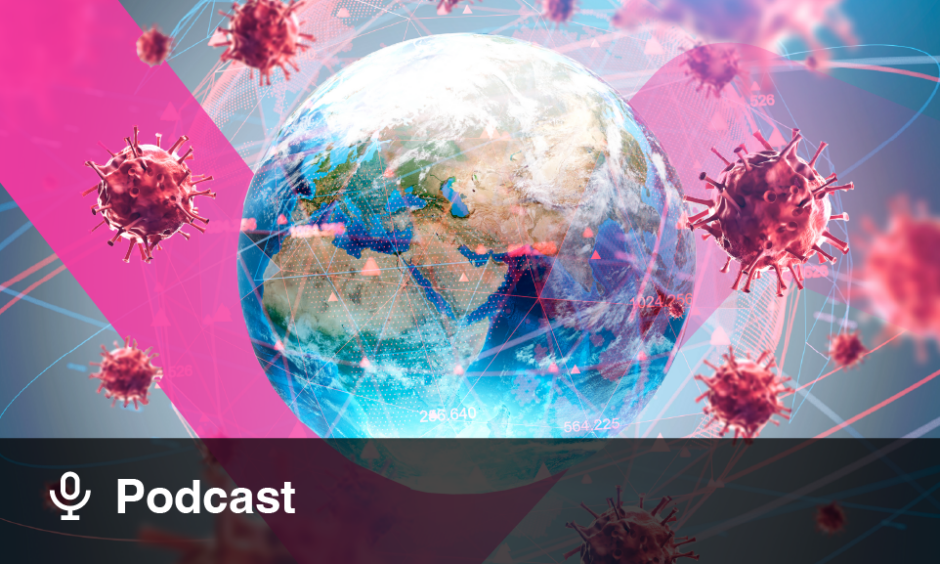David Heymann CBE | Professor of Infectious Disease Epidemiology, London School of Hygiene & Tropical Medicine; Head of the Centre on Global Health Security, Chatham House, London, UK
![]()
Please summarise the primary duties and key projects you undertook while serving as Chairman of Public Health England (PHE).
I began working in the Health Protection Agency (HPA) in 2009 and after a period of time that transferred to Public Health England (PHE). This was in the midst of the swine flu pandemic and therefore being able to deal effectively with such outbreaks was one of our key priorities. Upon becoming Chairman of PHE, I was given a number of assignments. One of these was to increase the global footprint of the agency. It is important to understand that health is global, and health security for the UK can best be guaranteed by strengthening the capacity of countries around the word. Consequently, one of my tasks was to strengthen the international activities of the HPA and then PHE. We also strengthened the national public health capacity by setting up the Field Epidemiology Training Programme, a 2-year mentorship programme which trained new people in PHE on public health outbreak investigation and response. Lastly, since PHE had been brought together from over 70 different groups in the UK, it was essential to make the agency more corporate in its budgeting and work activities. This is something else I was directly responsible for.
Please could you tell us about your roles during the current COVID-19 pandemic as well as past human coronavirus outbreaks?
I have mainly been exposed to the current pandemic as Chair of the World Health Organization (WHO) Strategic and Technical Advisory Group on Infectious Hazards (STAG-IH), and through relationships in the UK established during my time as Chair of PHE. Since stopping chairmanship in 2017, I remain in touch with colleagues at PHE, now the UK Health Security Agency (UKHSA). I am also a Professor of Infectious Disease Epidemiology at the London School of Hygiene and Tropical Medicine, UK, where we often have discussions with modellers and others. As Chair of the WHO Strategic and Technical Advisory Group for the Emergencies Programme, I have been in regular contact with various aspects of the pandemic and response activities in countries around the world. I also participate in faculty activities at the National University of Singapore.
In 2003, while I was on secondment to WHO from the Centres for Disease Control and Prevention (CDC) in Atlanta, Georgia, USA, I was in charge of the communicable diseases area and led the WHO response to the severe acute respiratory syndrome (SARS) outbreak. When the Middle East respiratory syndrome coronavirus outbreak occurred, I was in the UK at PHE. I travelled to Saudi Arabia several times during this period to work with the PHE team and the Saudi Arabians to gain a better understanding of that infection.
Could you highlight the principal findings and wider relevance of the recently published article you co-authored, entitled ‘Disease Surveillance for the COVID-19 Era: Time for Bold Changes’?
Governments need to understand that surveillance is a vital part of their healthcare activities. This is especially important in the context of COVID-19 because in addition to looking for infections, governments must also look for variants, which involves genetic sequencing. An increasing number of countries are gradually beginning to develop this capacity. For example, handheld genetic sequencers are being provided to developing and lower-middle-income countries by the Wellcome Trust and Bill and Melinda Gates Foundation, along with training on their use. This will revolutionise the way surveillance is conducted in the future. It is important that surveillance information is collected and used nationally and then shared globally. This will require government commitment, high technologies using the best possible tools available, and having the technical support necessary to do that.
What can healthcare systems learn from the COVID-19 pandemic in order to become more resilient the next time a major public health emergency appears?
It is clear from this pandemic that there are three interlocking health functions that must be addressed in preparedness going forward. The first is stronger public health, including detection systems, response systems, and systems of prevention and working in a ‘One Health’ environment. The second is resilient health systems that can take care of the surge of patients who might be infected in a pandemic whilst also continuing routine activities. The third function relates to the fact that people with comorbidities have been more severely affected by COVID-19. Consequently, it is imperative that healthy lifestyles are enabled. This will ensure populations are better able to resist infections in the future.
How important do you believe the One Health approach will be in preventing and preparing for future pandemics?
After the SARS outbreak in 2003, the Chinese conducted several studies in their animal farms and found an antibody suggestive of coronavirus infection at some sites. They also looked in live-animal market workers and determined that, overall, 13% had an antibody to coronavirus, as opposed to approximately 1–3% of individuals in the general population. At that point in time, had the policymakers in China taken the messages to heart, they might have been able to implement education programmes in the markets, develop vaccines for animals that they raise on their wild animal farms, and introduce some other measures that may have helped in preventing subsequent pandemics. I’m not saying it would have, but it is always important to apply the knowledge that you have in a way that can prevent future events.
You have published over 200 peer reviewed articles, commentaries, and book chapters. What do you believe to be the current knowledge gaps with respect to monkeypox?
Monkeypox was first identified in laboratory animals in Denmark in the 1950s. The first human cases were identified in sub-Saharan Africa in the 1970s, at a time when smallpox was on the wane. After the eradication of smallpox in 1980, there was concern that human monkeypox might replace smallpox. This was because smallpox vaccination protected against monkeypox. Therefore, several surveys were performed in children under 15 years of age without smallpox vaccination scars, looking for facial scars or antibody in the blood that might be an orthopox. Results showed that there was very little infection, and so it was not believed that monkeypox could replace smallpox at that point. Since then, more and more cases of human monkeypox have been observed. There are two different clades of virus: one which has a higher case fatality rate of approximately 10% in the Democratic Republic of Congo and Central Africa, and one with a lower case fatality rate in West Africa. Countries in West Africa, especially Nigeria, seem to be experiencing an increase in the number of cases. These cases appear to be simple zoonotic infections, and do not transmit from human-to-human very easily. However, studies are now being conducted to determine whether there might be transmission asymptomatically. In the Democratic Republic of Congo, there have been several major outbreaks. Notably, most transmission is occurring in people who have never been vaccinated. This means that people under the age of 30 or 40 years are having sustained outbreaks of monkeypox. In summary, there is still a lot that remains to be elucidated about monkeypox, and it is still not clear whether this virus could one day fill the epidemiological niche left by smallpox.
To date, what have been the proudest achievements of your distinguished career?
I can’t claim any of those achievements myself because there were always teams involved. Early on, I was fortunate to work in a very successful public health programme, namely the smallpox eradication programme. The people with whom I worked at the time have remained my support network and colleagues. Although I was a small cog in the wheel, my very first activity in public health was very satisfying, particularly because of the long-term outcome of having eradicated a disease.
Where can we expect to see your focus lie in the near future?
My focus will be to continue providing what knowledge and skills I can to others, both as a mentor and through working on various advisory groups in the WHO. I will be teaching more than I have in the past, at the Saw Swee Hock School of Public Health in Singapore and the London School of Hygiene and Tropical Medicine. Finally, I shall continue giving classes at the University of Oxford, UK; Harvard School of Public Health, Boston, Massachusetts, USA; Erasmus University Rotterdam in the Netherlands; and at various other European and North American Universities.








